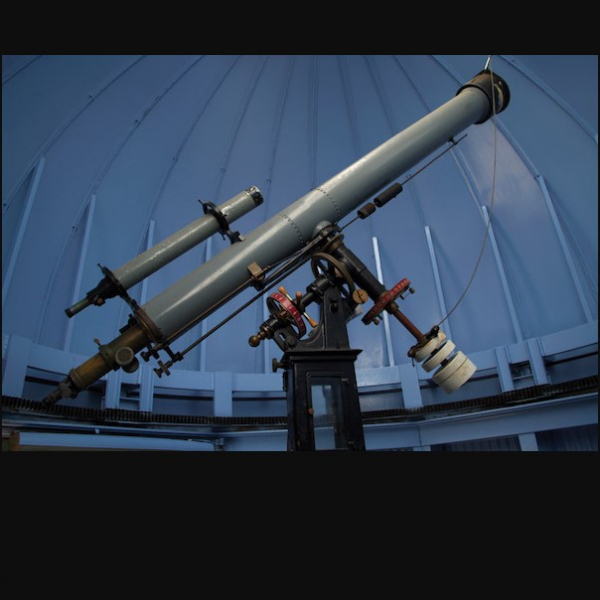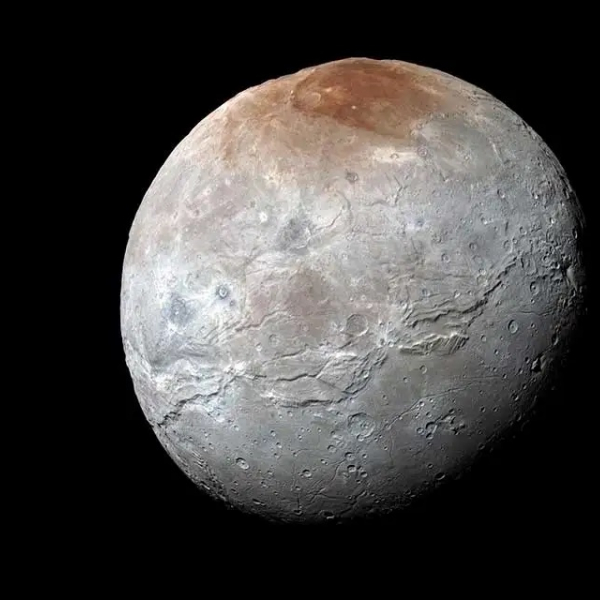
Patrick Shore, senior research scientist, officially retired after 30 years with the Department of Earth and Planetary Sciences. During his many years at WashU, Shore worked primarily with Doug Wiens, the Robert S. Brookings Distinguished Professor, as well as with Michael Wysession, professor of Earth and planetary sciences. Shore and Wiens collaborated on numerous seismic experiments in far-flung locations including Alaska, Cameroon, Fiji, Patagonia, and Antarctica.
“Our first seismograph deployment was on the South Pacific Seismic Experiment (SPASE) in the early 1990s,” Wiens recalled. “Together, we learned how to collect seismic data at remote field sites. And I mean really remote! Niue Island required a week stay on the island, since it only had one flight per week. For another site, we flew in an amphibious plane and landed in a crater lake in the middle of an active volcanic island.”
Amazing adventures were practically a normal day at the office for Shore. While working on the Mariana Seismic Imaging Experiment in 2003, he deployed seismographs on islands in the Mariana chain while Wiens deployed ocean bottom seismographs from a Japanese ship. “Patrick and our graduate students were surprised when an uninhabited volcanic island suddenly erupted two days after they visited it,” Wiens said. Such a close call might be off-putting for some, but not Shore. “Patrick returned two weeks later and recovered the seismograph, now covered with two feet of volcanic ash. The seismograms beautifully showed the lead up to the eruption, and we published several papers.”
For other projects, Shore sailed on a Chilean Navy ship for two weeks in order to deploy seismographs in Chilean Patagonia and the Antarctic Peninsula. He found himself detained by government forces in Cameroon, who suspected he was a spy, after placing 30 seismographs around the country. He camped in the coldest and remotest part of Antarctica for 4 weeks, braving temperatures around -20F to study a geologically ancient mountain range. He was the chief scientist on the research vessel R/V Melville that recovered ocean bottom seismographs and mapped an underwater eruption and lava flow. He deployed seismographs on the Ross Ice Shelf using snowmobiles and small aircraft. He repaired many seismograph sites in Alaska after they were mauled by Kodiak bears. He sailed on a small boat for 10 days in uninhabited fiord land to deploy 26 seismographs in Argentine and Chilean Patagonia. And more!
All Shore’s outstanding efforts supported the advancement of science, leading to many PhD theses and paper publications in top-tier journals. “Patrick worked extensively with our seismology graduate students,” Wiens said. “He provided help and emotional support when students needed it. Many of those students are now successful scientists.”
Wiens calculated that Shore spent 6 years away from WashU doing field projects, including 2.5 years in Antarctica, during his 29 years with the department. His lasting impact will be felt for decades to come.




